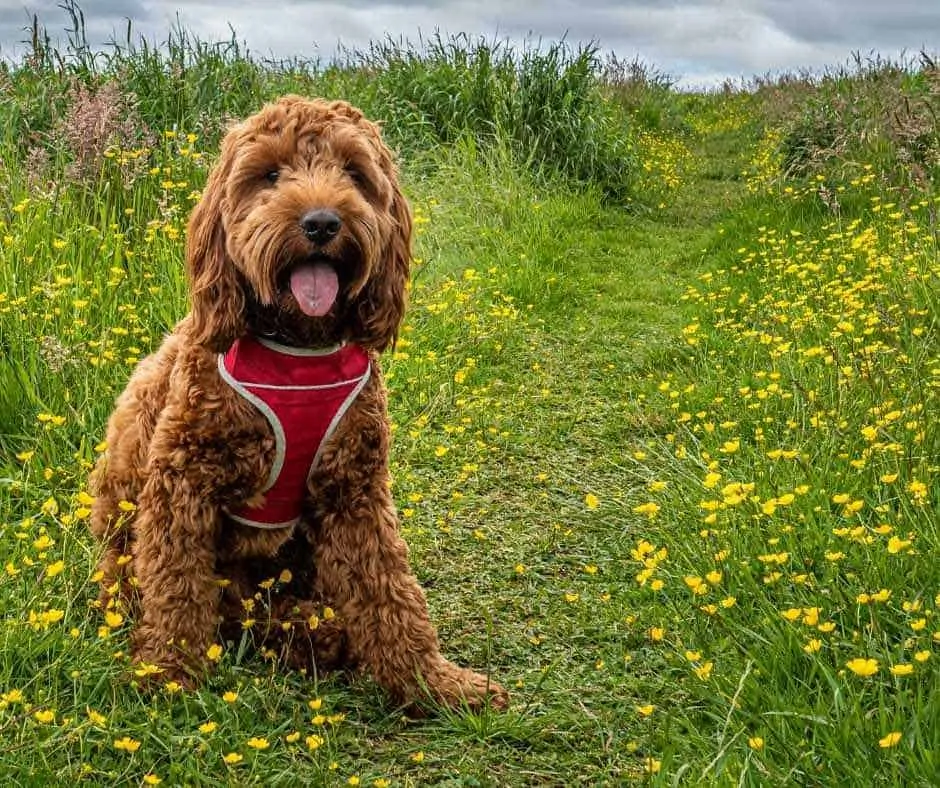How Should a Dog Harness Fit? [Fit Guide]
Dogs look adorable in their collars – even more so if you get them a fun color and a personalized name tag. They can look even more stylish in a well-fitting harness.
But collars aren’t always ideal for walking your dog in public places, especially if you have an easily excitable dog who’s prone to pulling and tugging. Linking a leash to a collar can even be dangerous if you have a very aggressive dog.
A dog harness is an easy solution that can make walks easier for both you and your dog. The question is: how should a dog harness fit?
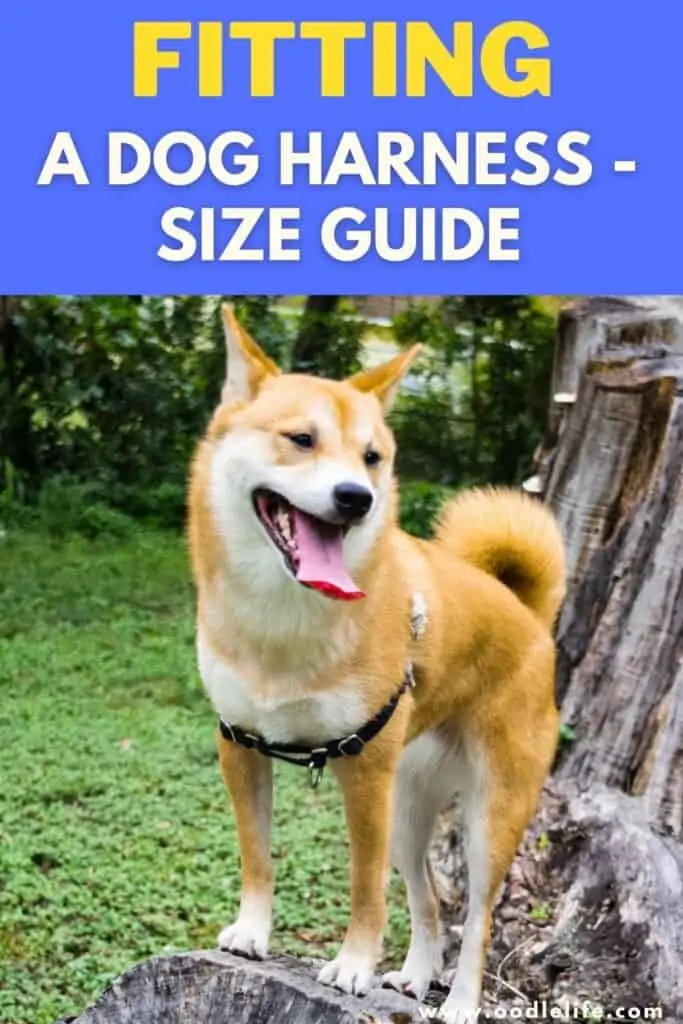
Let’s continue on to answer that question and more below.
How to Measure for a Harness
Measuring your dog for the proper size is super important. A harness that’s too small will never close or will be highly uncomfortable. A harness that is too big can slip off, setting your dog free during your walks on busy roads.
The first point of measurement is the chest. To measure your dog’s chest, start at the widest point at the bottom of their rib cage and measure around from bottom to top to the bottom again. It’s easiest to do this with a soft measuring tape.
Next, measure your dog’s neck. Measure at the thickest part of your dog’s neck, just above the shoulders. You should not measure where the collar usually sits; this measurement would be too tight.
Be sure to take snug measurements, but don’t wrap the measuring tape too tightly, as this will throw off your numbers.
Finally, weigh your dog. Many companies will sell harnesses based on a dog’s weight, but dogs who weigh the same often have varying shapes. It’s a good idea to have all three of these measurements handy when you go shopping.
Signs Your Dog’s Harness Fits
As a rule of thumb, you want your dog’s harness to be snug, but you should be able to slide two fingers in between the dog and the harness.
A good fit will allow your dog to walk comfortably and freely in the harness while simultaneously being stuck in it with no means of escape.
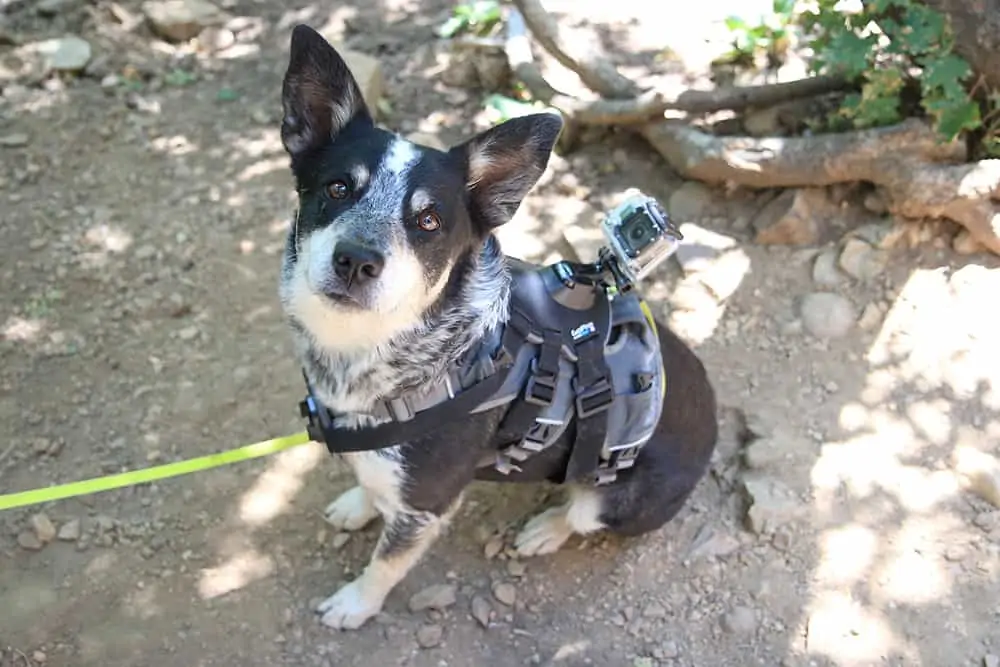
Signs Your Dog’s Harness Does Not Fit
If you’re a first-time harness user, you may be a bit intimidated over the sizing and fit of the harness. Here are a few signs to look out for that indicate that your dog’s harness may not fit properly:
- Your dog walks funny while in the harness – it’s too tight
- Your dog refuses to walk at all in the harness – it’s too tight
- You noticing chafing marks or fur loss where the harness hits – it’s too tight
- Your dog can get out of the harness – it’s too loose
- The rear portion of the harness spins – it’s too loose
If you notice any of these things happening with your dog, it’s time to try adjusting the straps. If you’ve adjusted all you can to no avail, you may have gotten the wrong size.
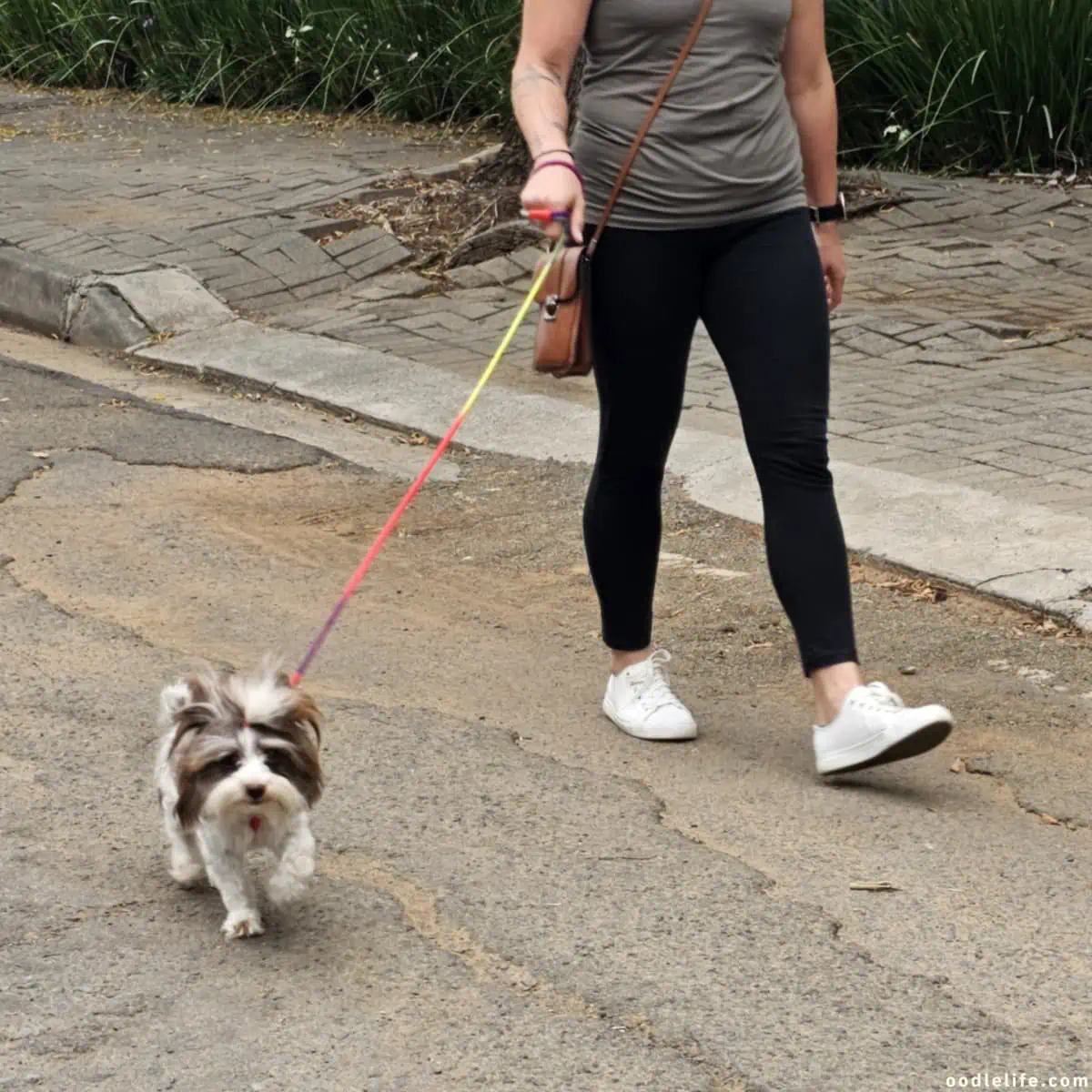
Things to Look for in a Good Dog Harness
Most dog harnesses use similar designs to get the job done, but there are still a few features you should keep an eye out for when choosing one for your four-legged friend.
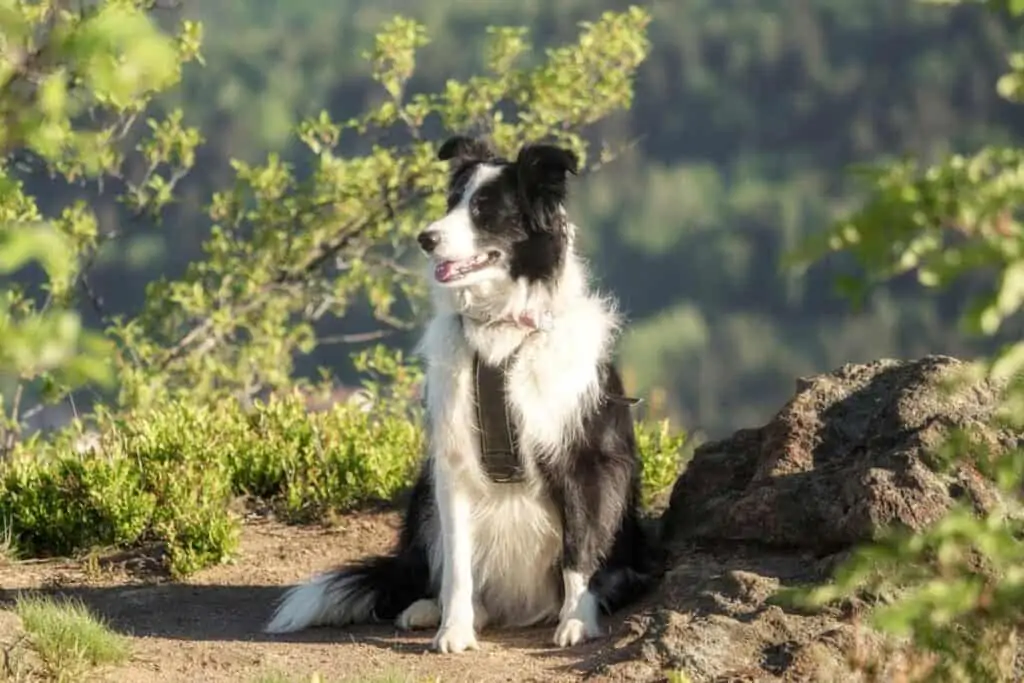
Multiple Adjustment Points
The more adjustment points a harness has, the more customized fit you’ll be able to achieve. Many harnesses make it easy to adjust every strap: straps on the back, straps on the front, and straps underneath.
All of these straps may seem like a hassle and might end up in a tangled mess at first, but it’s genuinely worth it to give your pup a comfortable and secure fit.
Ease of Use
As we mentioned above, dog harnesses with several straps can quickly become a big, tangled mess when you first try them out. It’s best for everyone involved if you can find a harness that’s easy to use.
Some harnesses slip up from the feet, while others can slide over your dog’s head. Some use buckles at multiple points, while others feature just one or two.
Padding
Your dog shouldn’t be experiencing any pain or discomfort while wearing the harness you’ve selected. While much of that has to do with the way a harness fits, discomfort can also be relieved by a padded vest.
Many harnesses come with neoprene or fleece padding around the shoulders and on the chest portion. This padding keeps the harness from digging into your dog’s skin and leaving painful rashes and scrapes.
Padding is especially important if you have a dog that pulls a lot. Even if your dog is experiencing discomfort, he may not know to stop.
Benefits of Dog Harnesses
Many experts believe that harnesses offer many benefits to dogs that collars cannot. If you’re considering switching from a collar to a harness, consider some of the following benefits.
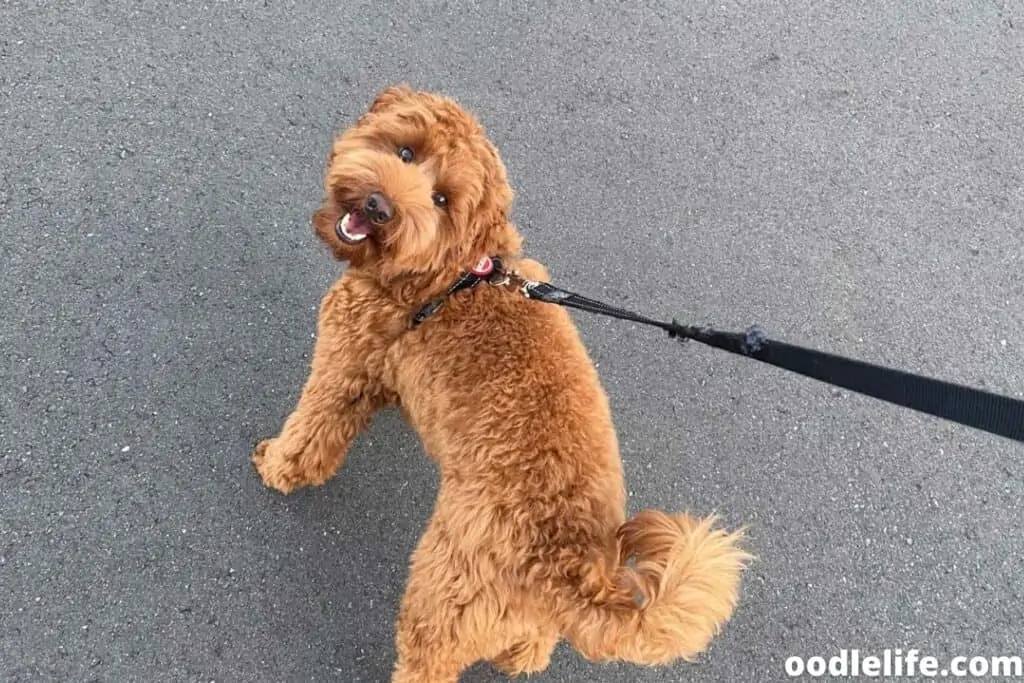
Better Control
One of the biggest reasons to switch to a harness for walks is that a harness gives you better control of your dog. This control happens for a couple of reasons.
To start, harnesses often make it harder for your dog to get tangled up in their leash. For that reason, it’s perfect for training clumsy puppies on how to walk on a leash.
Harnesses also discourage pulling. When you attach a leash to a dog’s collar, your dog can still continue to move forward when pulling. Harnesses pull from either the chest or the shoulder blades – both of which redirect his path and prevent him from moving forward.
And finally, since a harness is attached to the body rather than just the neck, it gives you a better grip on the bulk of your dog’s body. This kind of control is excellent for large, strong dogs.
Reduces Strain
Dogs can cause themselves great pain and discomfort when they pull on the leash with their collar. Small dogs, especially, may be more prone to injury if they continuously pull from the collar.
In fact, some dogs with little self-control can even pull so hard that they choke themselves. They can do severe damage to their necks and backs.
A harness surrounds the shoulder blades and the chest, putting far less stress and strain on their more sensitive neck area.
Minimizes Risk of Escaping
You can only tighten a collar so much before it gets uncomfortable or even painful for your dog. Some escape artists can quickly discover how to slip their heads out of their collar when you walk them on the leash.
There is little to no risk of your dog escaping with a harness, so long as you strap them in correctly.
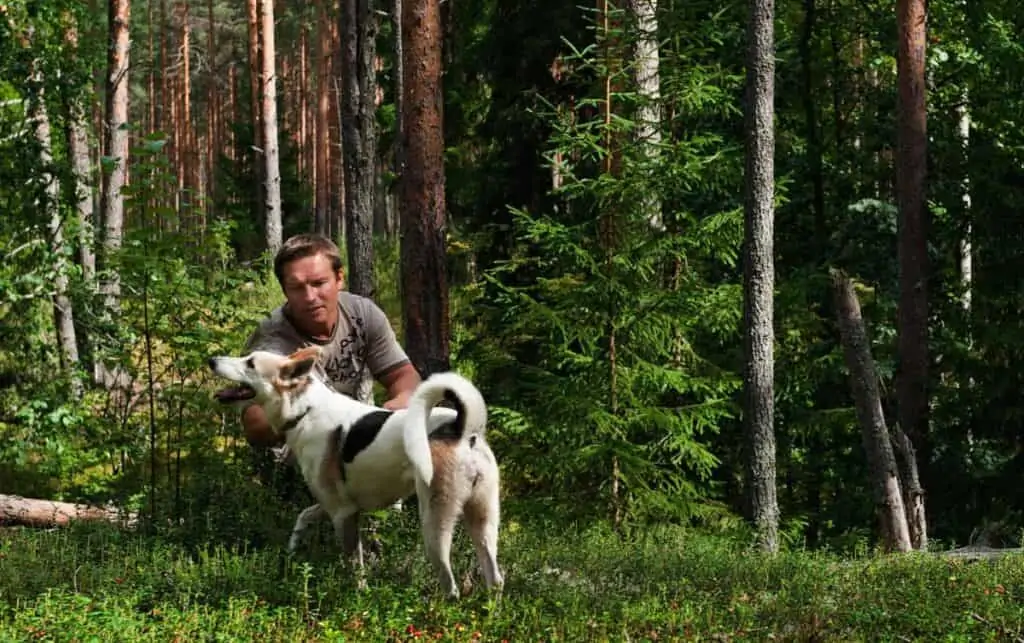
Extra Features
Many harnesses these days come with additional features that make them even more beneficial, convenient, and appealing for dog owners.
For example, lots of harnesses feature front leash loops. These loops sit at your dog’s chest rather than on the back of the vest. The front loop is designed to discourage pulling, as it forces your dog to veer backward when he pulls.
Other harnesses have handles on top, which are convenient for grabbing to hold your dog still. Whether you’re trying to attach the leash or another dog is walking by, it’s nice to have that handle to grab onto.
Finally, many harnesses put an extra emphasis on safety by including reflective strips. If you’re walking your dog at nighttime, their reflective vest will make them more visible to passing cars.
Final Thoughts
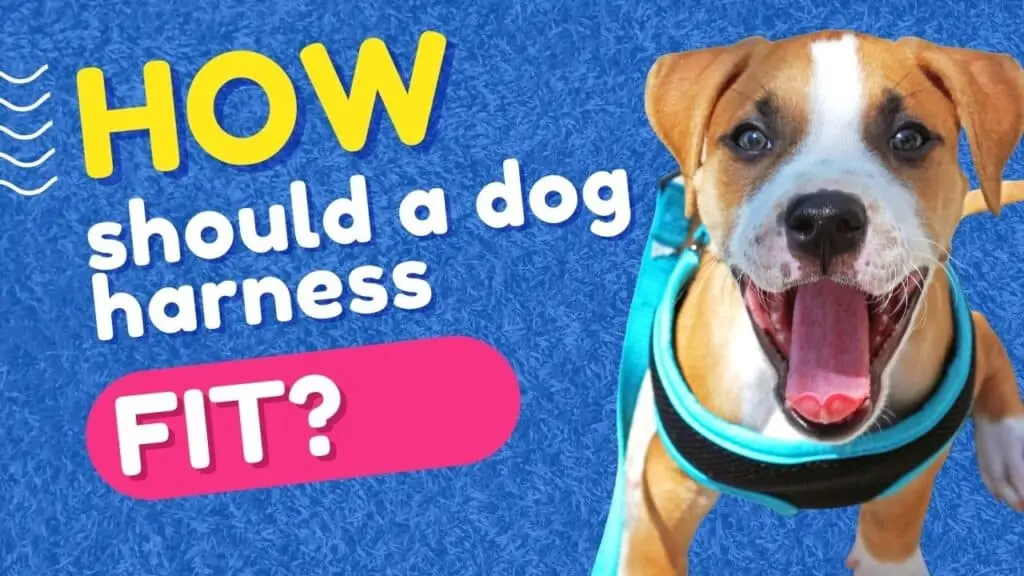
A dog harness is only as good as its fit. A poor-fitting dog harness isn’t going to do much good for either you or your dog, so it’s critical that you measure properly and look for signs of it being too tight or too loose.
The ideal fit for a dog harness is snug to the body while still leaving just enough space for two fingers between your dog and the harness. That fit will give you the best results and the happiest pup.
